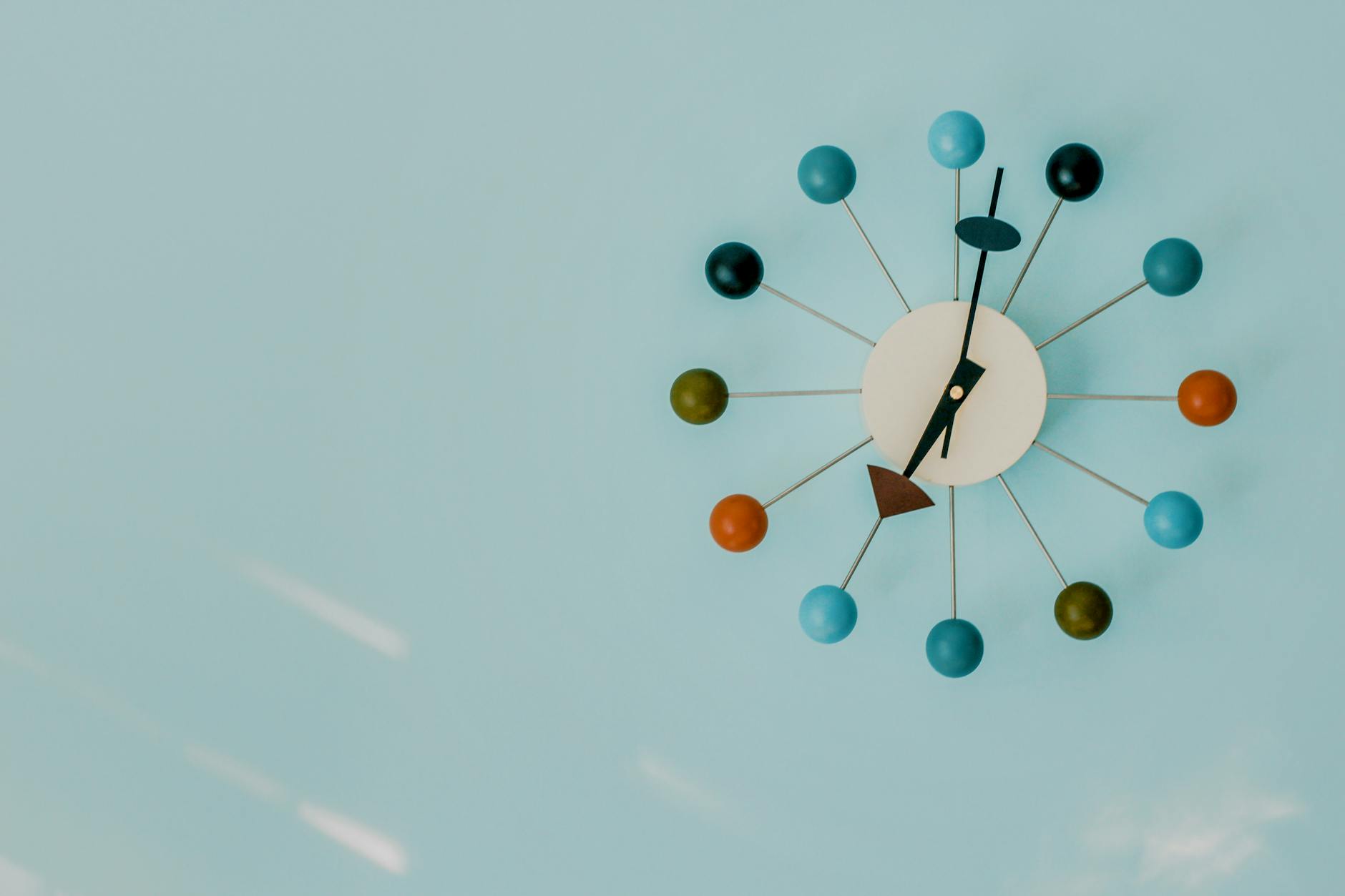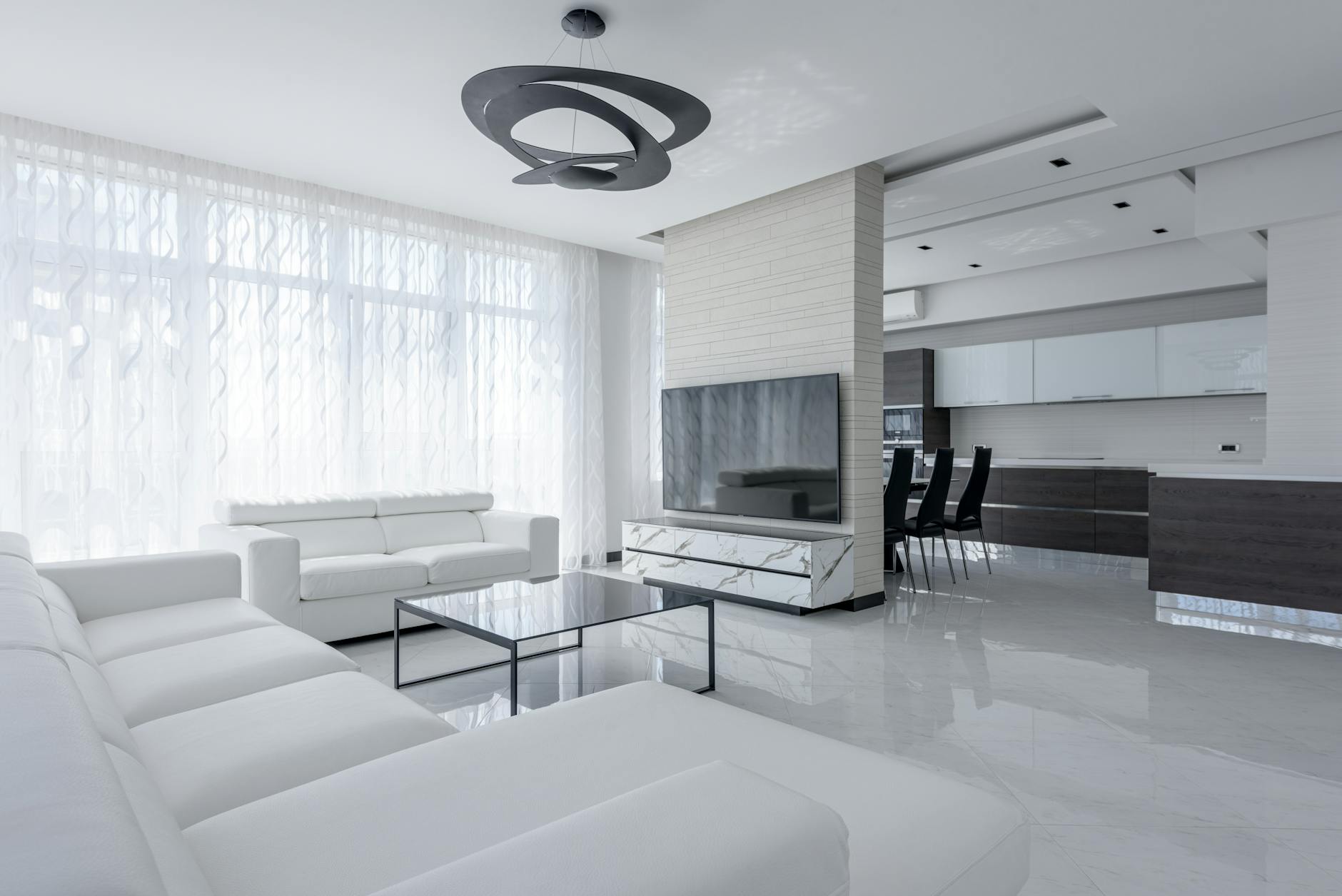Mid-century modern design. The very phrase conjures images of sleek lines, organic forms, and a timeless elegance that continues to captivate homeowners and designers alike. But what is it about this aesthetic, born in the post-war era, that keeps it so relevant today? Let’s delve into the enduring allure of mid-century modern.
The Post-War Boom and Design’s New Direction
Following World War II, a surge of optimism and a desire for a fresh start swept across the globe. This translated into a new approach to design, rejecting the ornate styles of the past in favor of clean lines, functionality, and affordability. 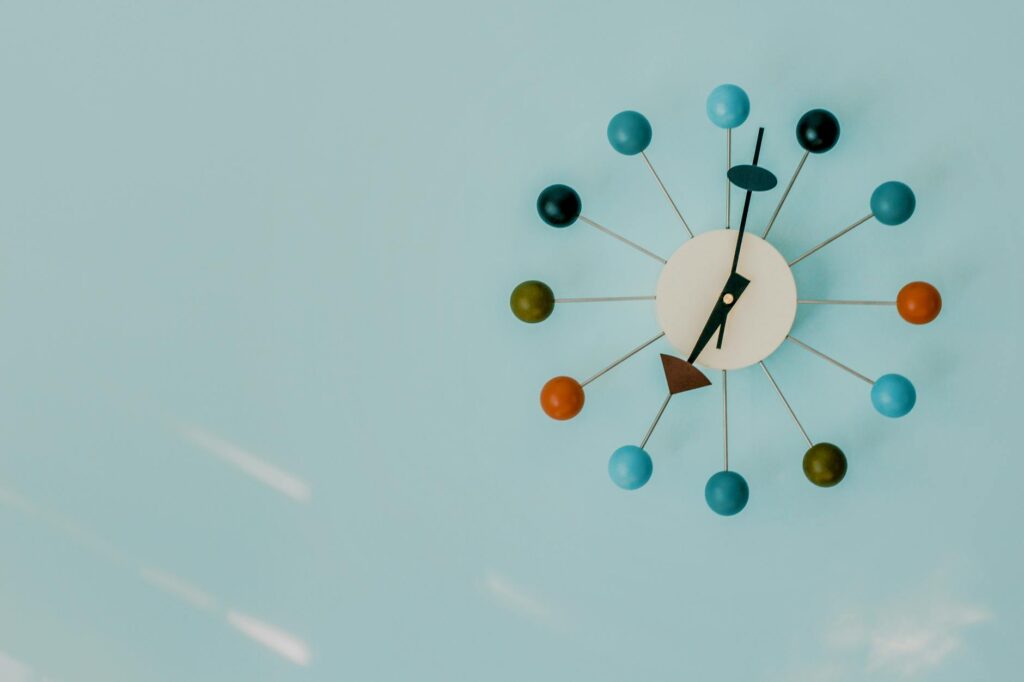
Key Characteristics of Mid-Century Modern
Mid-century modern is characterized by its embrace of simple geometric shapes, organic curves, and a focus on functionality. Think iconic Eames chairs, sleek credenzas, and the use of natural materials like wood and leather. This focus on usability is a key reason for its continued popularity. Learn more about the Eames legacy.
The Influence of Leading Designers
The mid-century modern movement was propelled by visionary designers such as Charles and Ray Eames, Finn Juhl, and Arne Jacobsen. Their innovative designs, often incorporating new materials and manufacturing techniques, shaped the aesthetic and pushed the boundaries of what was possible. 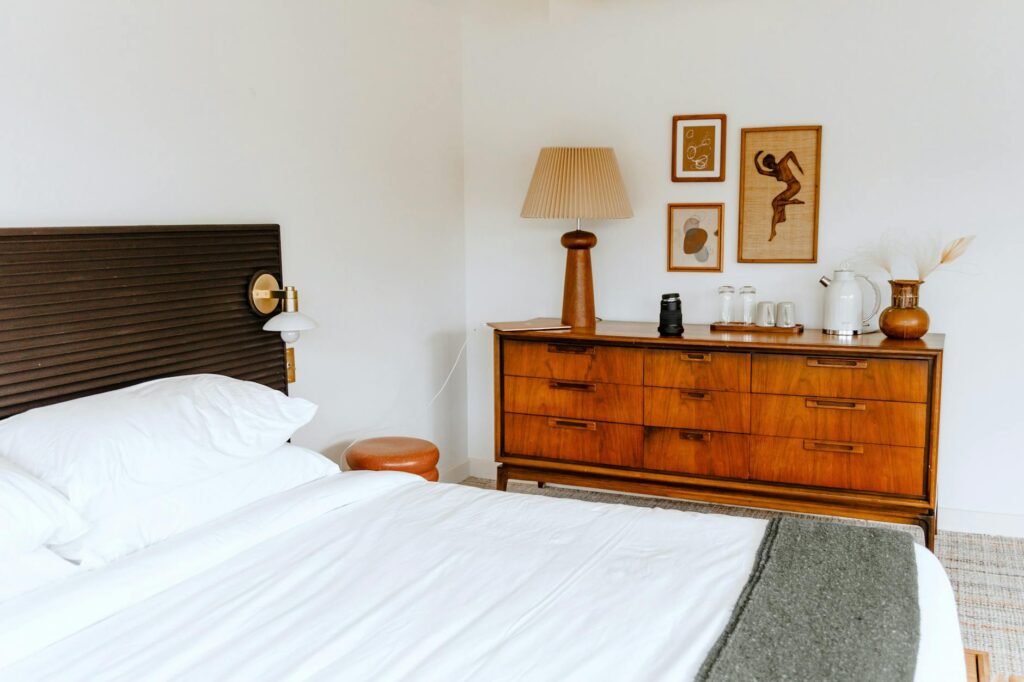
The Material Palette: Natural and Warm
Natural materials played a crucial role in mid-century modern design. Warm woods like teak and walnut were frequently used, along with leather, wool, and cotton fabrics. These materials created a sense of warmth and tactility, contrasting with the clean lines of the furniture and architecture. Explore the use of teak in mid-century design.
Color and Light: A Balancing Act
The color palette of mid-century modern is generally understated, favoring neutral tones with pops of brighter colors as accents. Natural light was often maximized through large windows and open floor plans. This emphasis on light and airy spaces created a sense of serenity and calm. 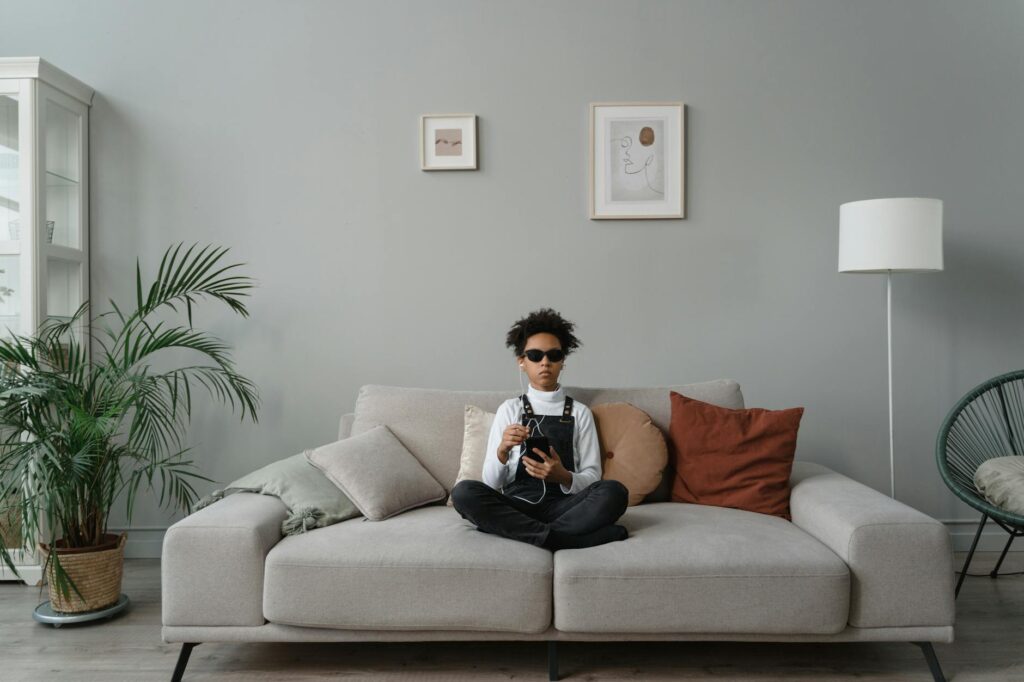
Mid-Century Modern in the Home Today
Today, mid-century modern remains remarkably adaptable to contemporary living. Its clean lines and neutral palette provide a versatile backdrop for personal expression, while its emphasis on functionality ensures it stands the test of time. You can easily incorporate these elements into your home with well-chosen furniture and accessories. See some modern takes on classic designs.
Beyond Furniture: Architecture and Art
The influence of mid-century modern extends beyond furniture to architecture and art. Think of the iconic Case Study Houses, showcasing innovative design and the integration of indoor and outdoor spaces. The art of this era often complemented the design philosophy, with its focus on clean lines and bold colors. [IMAGE_4_HERE]
The Enduring Appeal
The enduring allure of mid-century modern design lies in its timeless elegance, functionality, and adaptability. Its focus on quality materials and craftsmanship ensures that pieces remain desirable for generations. The movement represents a period of optimism and innovation, something that continues to resonate today. Find inspiration for your own mid-century modern space.
Its simple, elegant forms and focus on functionality have made it incredibly versatile and adaptable to modern lifestyles. Its enduring appeal is a testament to good design’s ability to transcend trends.
Frequently Asked Questions
What defines mid-century modern design? Mid-century modern is characterized by clean lines, simple geometric shapes, organic curves, and the use of natural materials like wood and leather. It emphasizes functionality and often features a neutral color palette with pops of brighter colors.
Who were some key designers of the mid-century modern era? Key figures include Charles and Ray Eames, Arne Jacobsen, and Finn Juhl, whose work remains highly sought after today. Learn more about the Eames’s work here.
How can I incorporate mid-century modern style into my home? Start by looking for furniture pieces that feature clean lines, organic curves, and natural materials. Consider incorporating a neutral color palette with pops of color, and maximize natural light in your space.
Is mid-century modern furniture expensive? The price range can vary greatly, from affordable reproductions to highly collectible original pieces. However, the style can be achieved on a budget through careful sourcing and smart choices.

